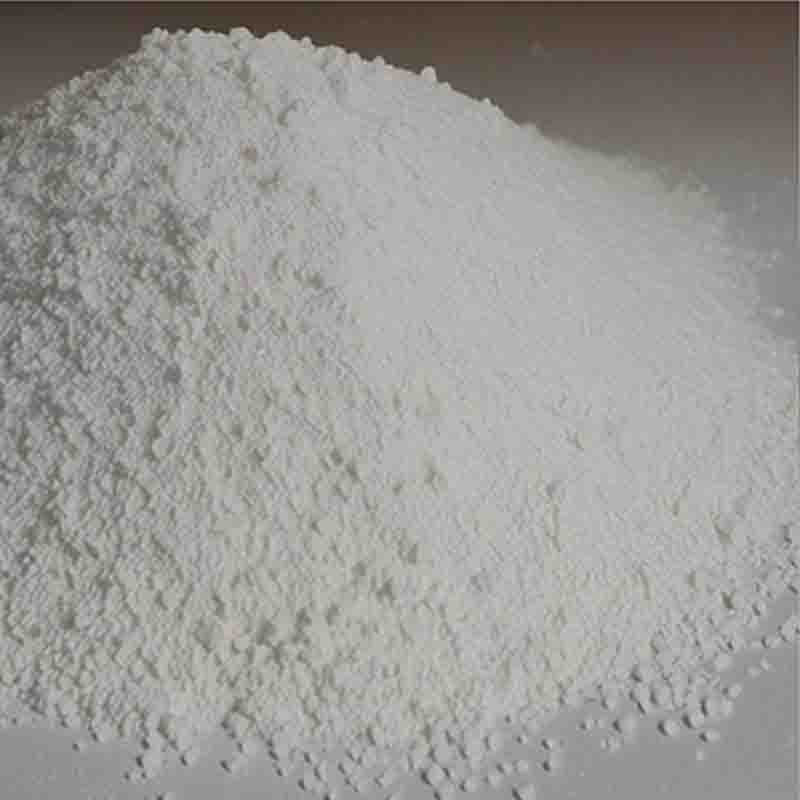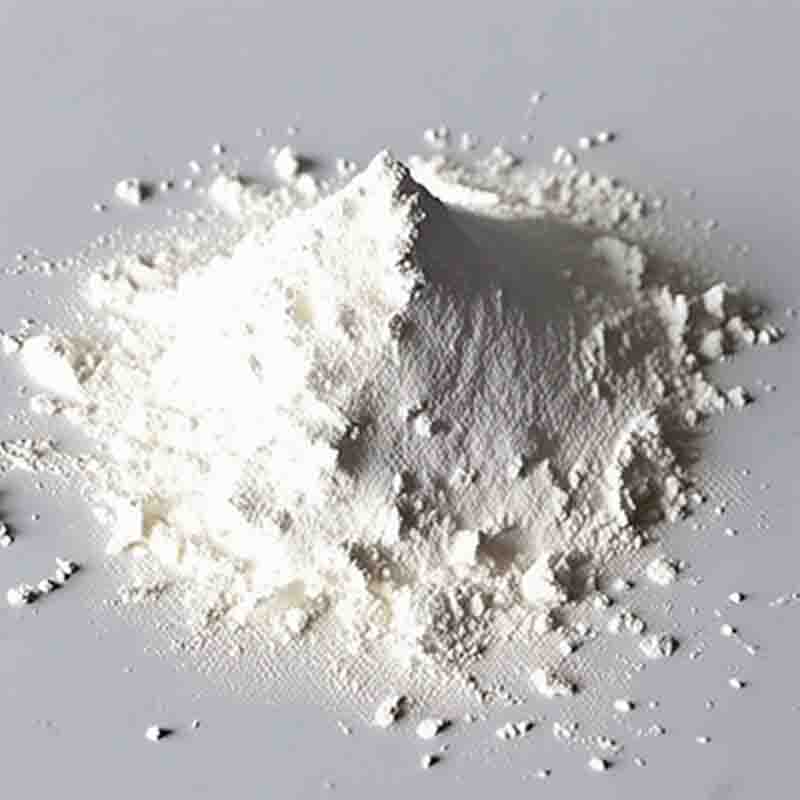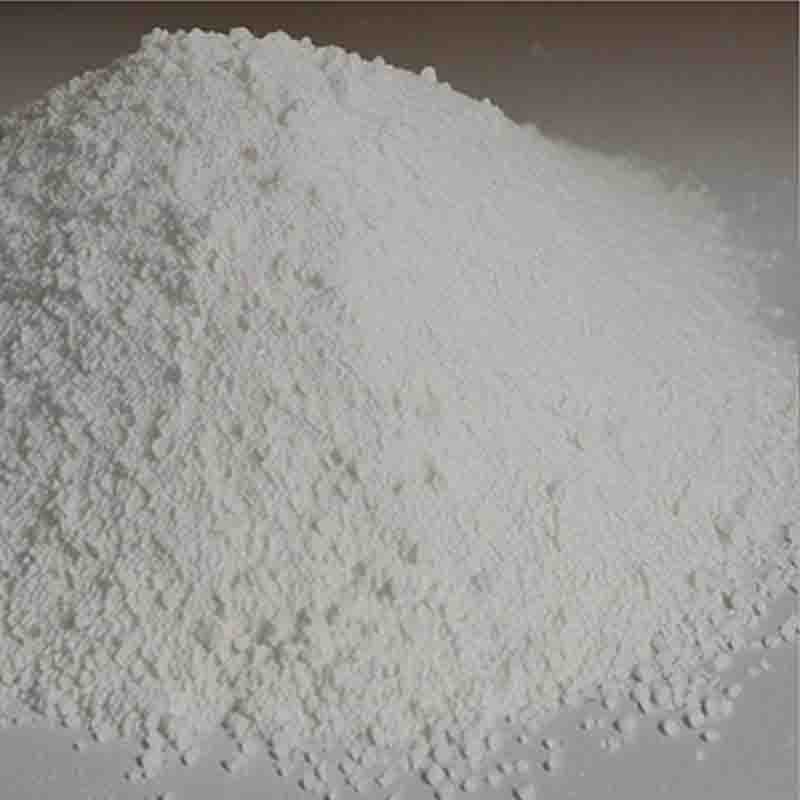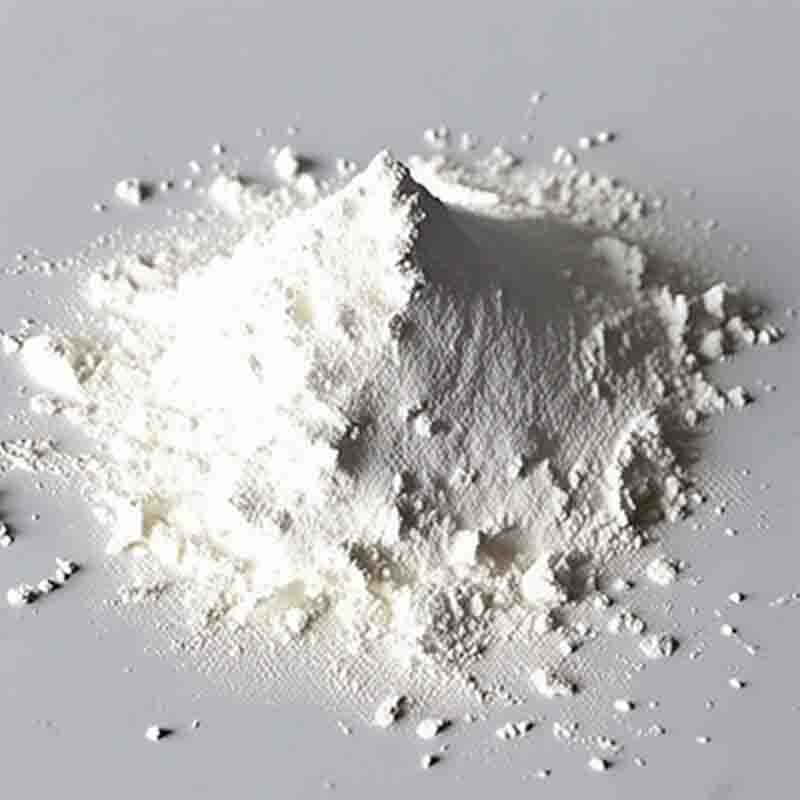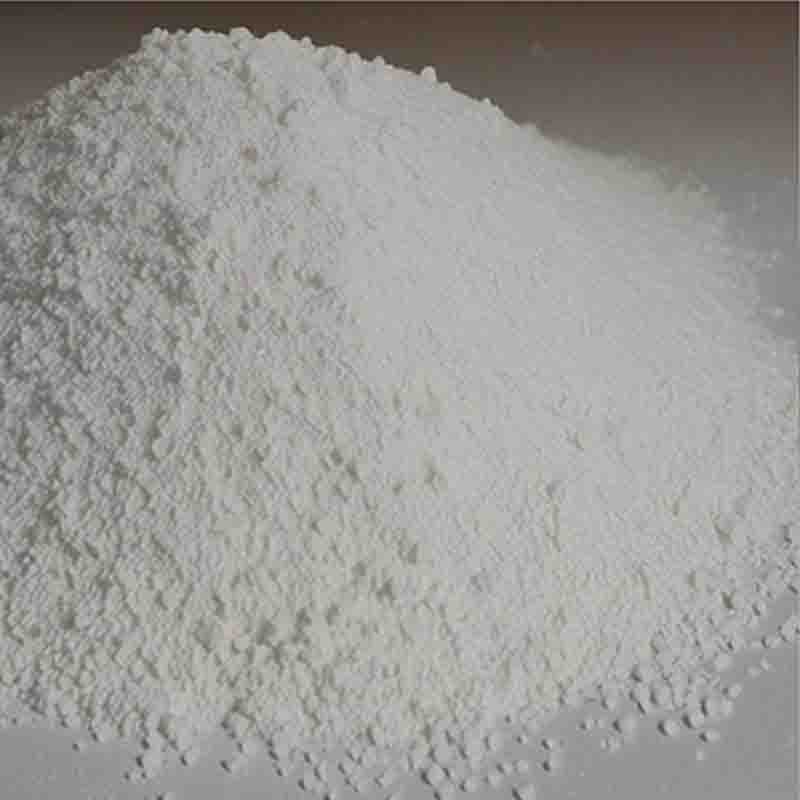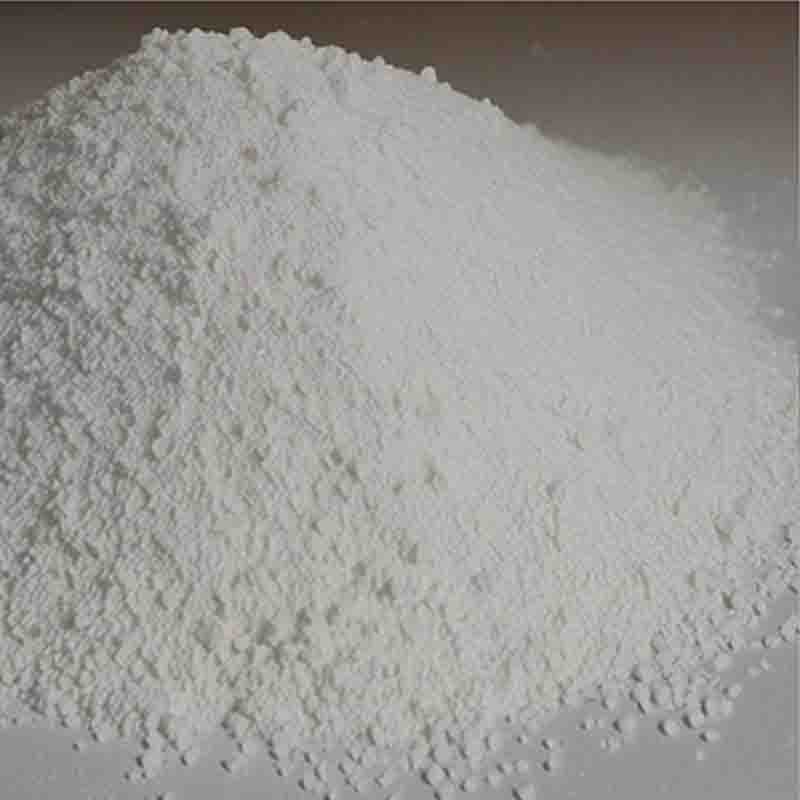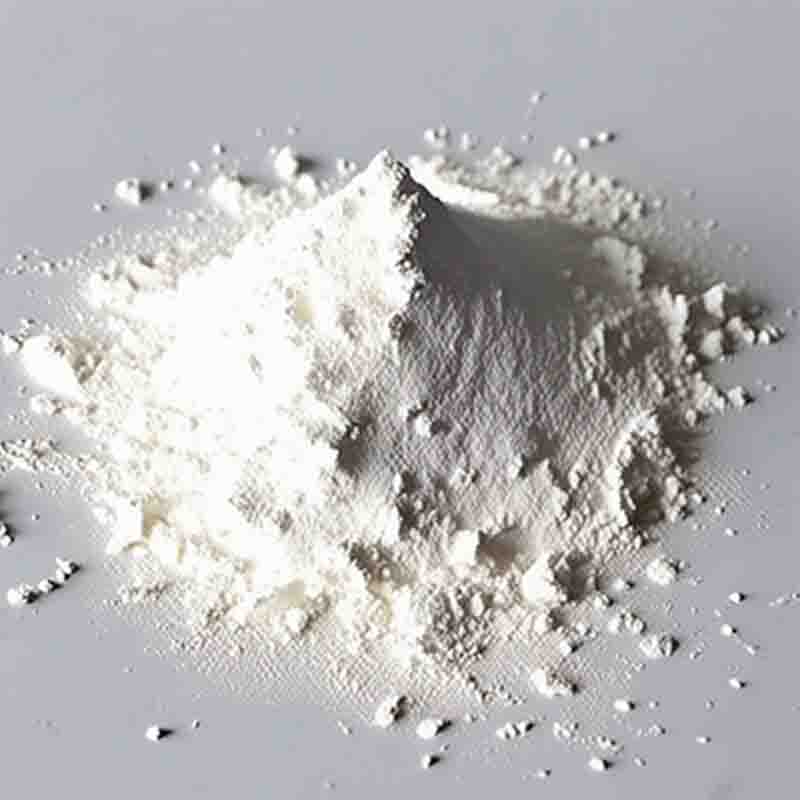3-(trifluoromethoxy)nitrobenzene CAS:2995-45-1
| Catalog Number | XD96203 |
| Product Name | 3-(trifluoromethoxy)nitrobenzene |
| CAS | 2995-45-1 |
| Molecular Formula | C7H4F3NO3 |
| Molecular Weight | 207.11 |
| Storage Details | Ambient |
Product Specification
| Appearance | White powder |
| Assay | 99% min |
3-(Trifluoromethoxy)nitrobenzene is a chemical compound with the molecular formula C7H4F3NO2. It is composed of a nitrobenzene ring (C6H4NO2) with a trifluoromethoxy group (-OCF3) attached at the 3-position. This unique structural arrangement imparts several notable effects and applications to this compound.One effect of 3-(Trifluoromethoxy)nitrobenzene is its electron-withdrawing capability. The trifluoromethoxy group is highly electronegative, enhancing the electron-withdrawing nature of the nitro group (-NO2) present in the molecule. This electron-withdrawing effect makes 3-(Trifluoromethoxy)nitrobenzene a strong electron acceptor, allowing it to participate in various types of chemical reactions, such as nucleophilic substitutions and electrophilic aromatic substitutions. This property makes it valuable in synthetic organic chemistry, where it can be used as a building block for the synthesis of more complex molecules.Another effect of 3-(Trifluoromethoxy)nitrobenzene is its lipophilicity and hydrophobicity. The trifluoromethoxy group enhances the hydrophobic character of the compound, making it more soluble in nonpolar solvents and favoring interaction with hydrophobic regions of biological molecules. This property can have implications in drug discovery and development, as it influences the compound's ability to permeate lipid membranes and increase its bioavailability. Additionally, the lipophilic nature of 3-(Trifluoromethoxy)nitrobenzene can impact its behavior as a surfactant or emulsifier, allowing it to modify the surface properties of materials, alter wettability, and facilitate dispersion of immiscible substances.Furthermore, the trifluoromethoxy group in 3-(Trifluoromethoxy)nitrobenzene can contribute to the compound's stability and resistance to degradation. This property is particularly useful in the field of materials science, where stability is a crucial parameter for the development of durable materials. Additionally, the presence of the trifluoromethoxy group can impart unique properties to materials when incorporated, such as increased chemical resistance and improved thermal stability.In summary, 3-(Trifluoromethoxy)nitrobenzene possesses electron-withdrawing characteristics, enhancing its reactivity in various chemical reactions. It also exhibits lipophilic properties, influencing solubility and interaction with biological systems. The trifluoromethoxy group in 3-(Trifluoromethoxy)nitrobenzene contributes to its stability and can provide unique properties when incorporated into materials. These effects make 3-(Trifluoromethoxy)nitrobenzene valuable in organic synthesis, drug discovery, materials science, and other related fields. Further study and exploration of this compound may uncover additional effects and applications.


